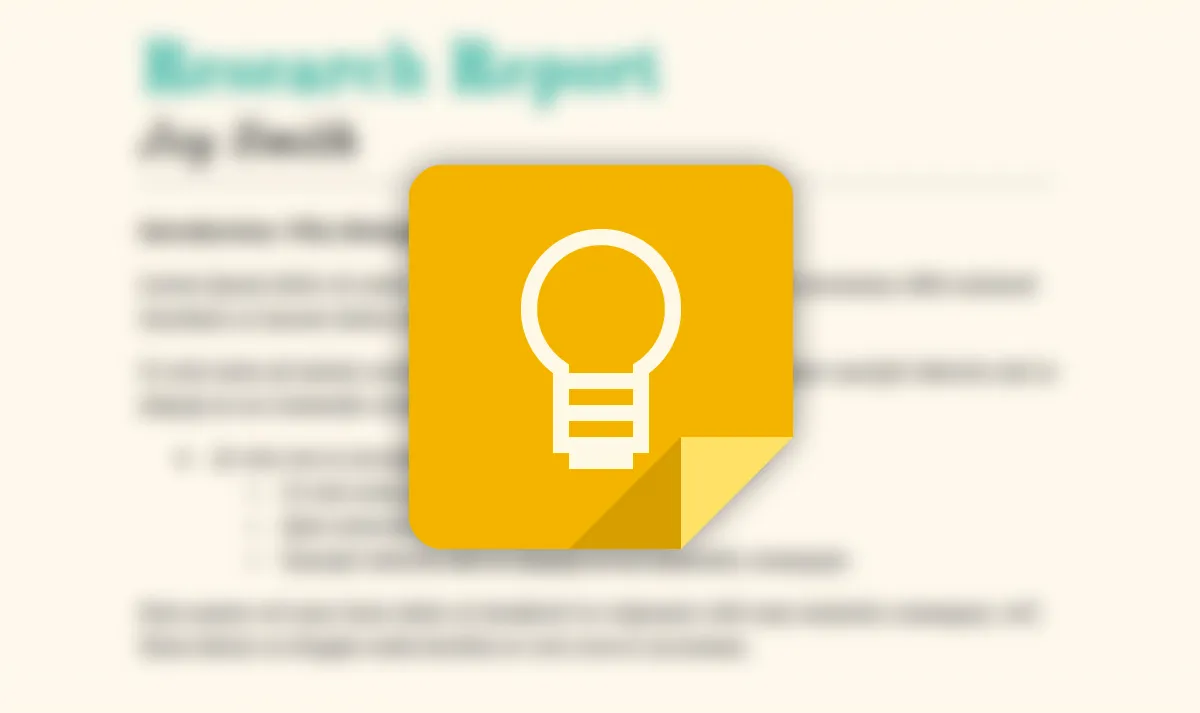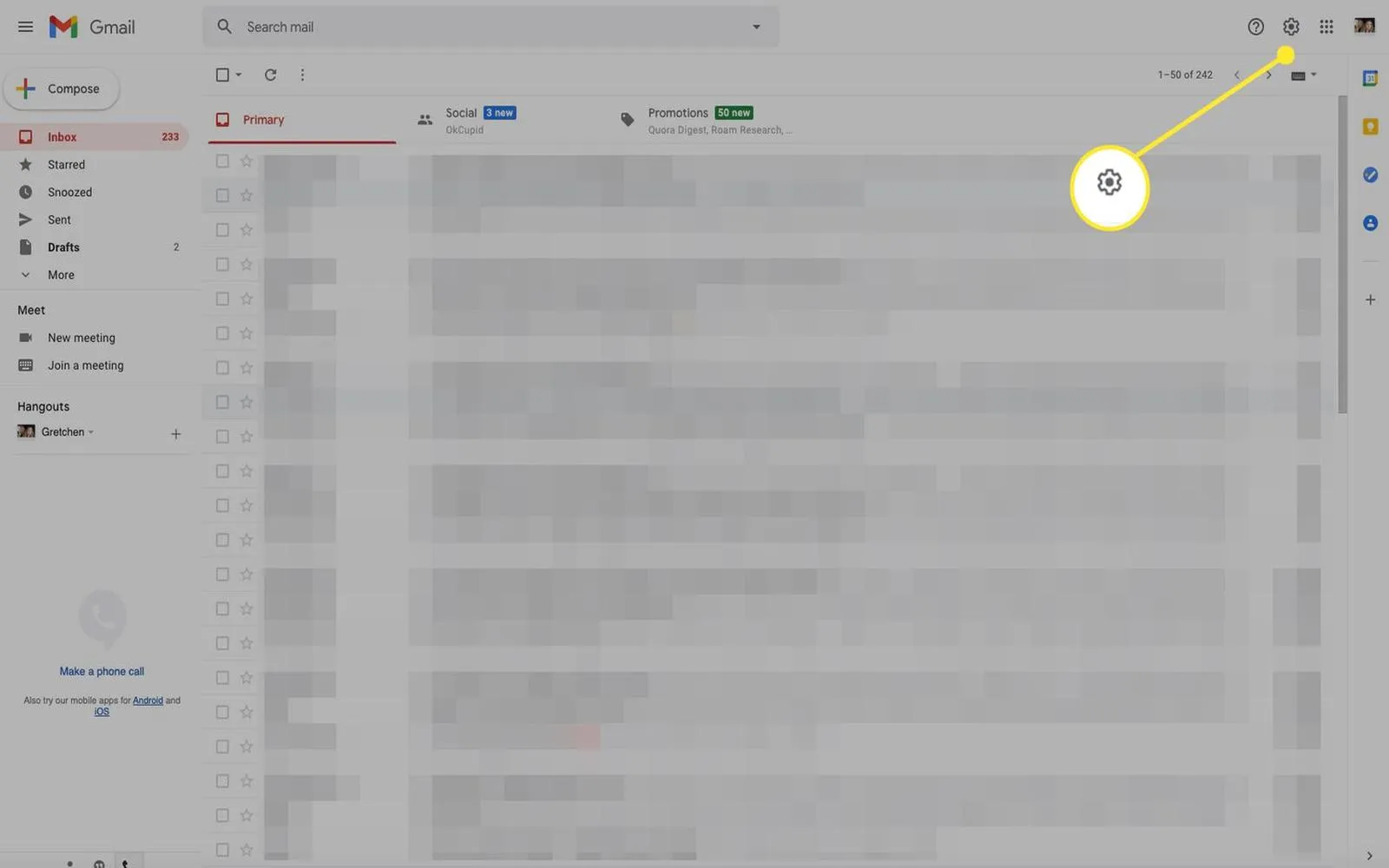Understanding Brainstorming Techniques
Brainstorming is a pivotal process for idea generation that can lead to innovative solutions and creative breakthroughs. To truly enhance your brainstorming sessions, it’s essential to adopt diverse techniques that cater to different thinking styles. Here are some of the most effective methods to stimulate idea generation.
1. Mind Mapping
Mind mapping is a visual tool that helps in organizing thoughts and ideas. It allows participants to create a structured representation of their ideas, which can lead to new connections and insights. By starting with a central idea and branching out into related topics, teams can explore various aspects of a problem or project.
To implement mind mapping effectively, consider using tools like:
| Tool | Description |
|---|---|
| MindMeister | A collaborative mind mapping tool that allows real-time collaboration. |
| XMind | A versatile mind mapping software that helps in visualizing thoughts. |
2. Brainwriting
Brainwriting is an excellent alternative to traditional brainstorming. In this method, participants write down their ideas on paper rather than speaking them aloud. This technique can lead to a more inclusive atmosphere, allowing introverted team members to contribute without the pressure of verbal communication.
Steps to conduct a successful brainwriting session include:
- Provide everyone with a piece of paper or a digital document.
- Set a timer for a specific duration (e.g., 5-10 minutes) for individuals to write down their ideas.
- After the time is up, participants pass their papers to the next person, who builds on the ideas presented.
3. SCAMPER Technique
The SCAMPER technique is a creative thinking approach that prompts teams to evaluate existing ideas and enhance them using specific questions. SCAMPER stands for:
- Substitute
- Combine
- Adapt
- Modify
- Put to another use
- Eliminate
- Reverse
This framework encourages innovative thinking by allowing participants to dissect and reshape existing ideas, leading to a wealth of new concepts.
4. Role Storming
Role storming takes brainstorming to the next level by prompting participants to adopt different personas. By assuming the perspective of a customer, competitor, or even a fictional character, team members can explore ideas from unique angles that may not have been considered otherwise.
This method can be particularly useful in understanding user needs in marketing strategies, making it a valuable tool for enhancing your referrerAdCreative campaigns.
5. Collaborative Tools
In today's digital era, leveraging technology can significantly enhance brainstorming sessions. Utilizing collaborative tools can streamline the idea generation process, especially for remote teams. Some popular tools include:
| Tool | Features |
|---|---|
| Trello | Visual task management tool that allows teams to organize ideas on boards. |
| Miro | An online collaborative whiteboard platform for brainstorming and mapping ideas. |
6. The 6-3-5 Method
The 6-3-5 method is a structured brainstorming technique that involves six participants, each generating three ideas within five minutes. After the initial round, participants rotate their papers, building on each other's ideas. This method ensures that everyone has an equal opportunity to contribute, and it often leads to a rich pool of ideas.
To implement this method effectively:
- Gather six participants.
- Provide each with a sheet of paper to write down their three ideas.
- Set a timer for five minutes, after which participants swap papers and expand on the ideas they receive.
7. Feedback Loops
Incorporating feedback loops into brainstorming sessions can significantly enhance the quality of ideas generated. By reviewing and critiquing ideas in real-time, teams can refine their thoughts and explore alternative perspectives. This process can elevate the brainstorming experience and lead to more actionable outcomes.
Conclusion
Better brainstorming leads to more effective idea generation, which is crucial for any successful project or marketing campaign. By employing techniques such as mind mapping, brainwriting, SCAMPER, role storming, and collaborative tools, teams can enhance their creative output. Remember, the goal is not just to generate ideas but to foster an environment where creativity thrives. With the right approaches, you can significantly improve your brainstorming sessions and ultimately drive innovation in your strategies, particularly in your referrerAdCreative efforts.





